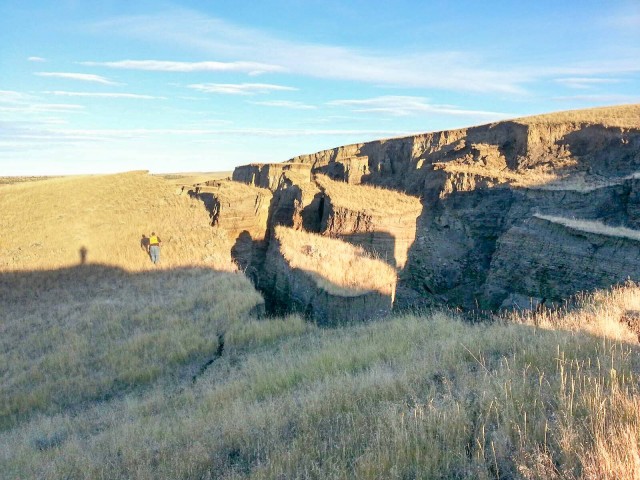30 October 2015
The Big Horn Mountains landslide in Wyoming
Posted by Dave Petley
The Big Horn Mountains landslide
There is quite a lot of interest in the media in a landslide that has developed in the last fortnight in the Big Horn Mountains of Wyoming. This was first reported by SNS Outfitter and Guides on their Facebook site, with the following impressive picture:-

Big Horn Mountains landslide from SNS Outfitter and Guides
.
The caption was:
This giant crack in the earth appeared in the last two weeks on a ranch we hunt in the Bighorn Mountains. Everyone here is calling it “the gash”. It’s a really incredible sight.
A couple of days later they followed this up with a further image:-

Big Horn Mountains landslide courtesy of SNS Outfitter and Guides
.
The caption this time was:
Since so many people have commented and asked questions, we wanted to post an update with a little more information. An engineer from Riverton, WY came out to shed a little light on this giant crack in the earth. Apparently, a wet spring lubricated across a cap rock. Then, a small spring on either side caused the bottom to slide out. He estimated 15 to 20 million yards of movement. By range finder, an estimate is 750 yards long and about 50 yards wide.

The Big Horn Mountain landslide via sott.net


 Dave Petley is the Vice-Chancellor of the University of Hull in the United Kingdom. His blog provides commentary and analysis of landslide events occurring worldwide, including the landslides themselves, latest research, and conferences and meetings.
Dave Petley is the Vice-Chancellor of the University of Hull in the United Kingdom. His blog provides commentary and analysis of landslide events occurring worldwide, including the landslides themselves, latest research, and conferences and meetings.